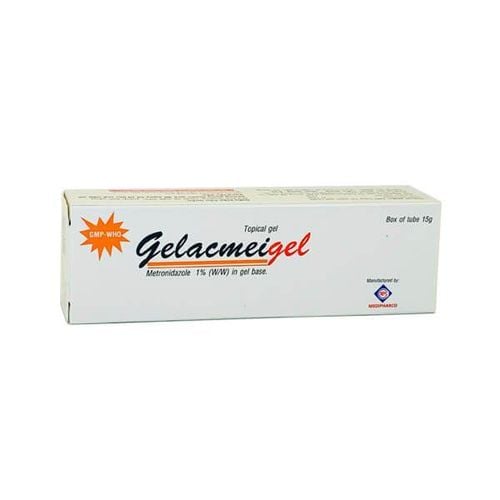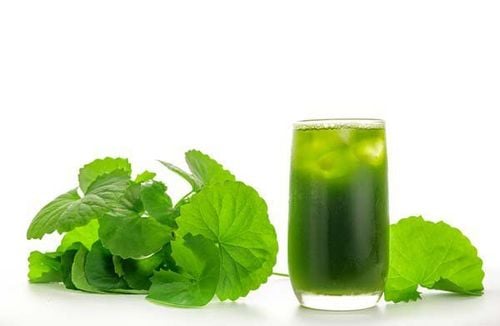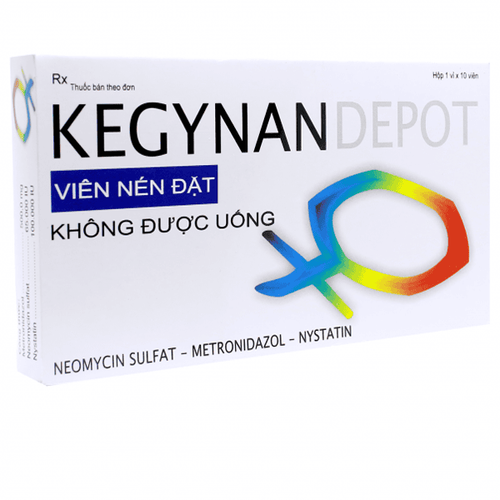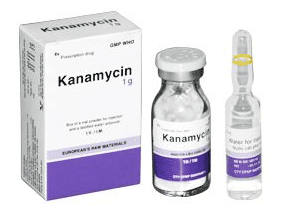This is an automatically translated article.
Posted by Specialist Doctor II Pham Thi Khuong - Infectious Doctor - Pediatric Center - Vinmec Times City International Hospital
Botulism is caused by the toxin of Clostridium botulinum and affects the peripheral nervous system. A person can contract botulism without causing illness if the toxin is swallowed, injected, or inhaled. Symptoms include symmetric cranial nerve palsy with bilateral weakness and flaccid paralysis without sensory disturbances. Diagnosis is by clinical and laboratory findings for toxins. Supportive and antitoxin therapy.
1. Microbiology
C. botulinum is a heterogeneous group of gram-positive, rod-shaped, spore-forming, obligate anaerobes. They are ubiquitous and readily isolated from the surface of vegetables, fruits and seafood, persisting in soil and marine sediments worldwide. Eight strains of C. botulinum have been distinguished based on the antigenic properties of their toxin (a single strain almost always produces only one toxin).
Spores of C. botulinum are heat resistant, readily surviving at 100°C in medium for five hours or more. However, spores can be destroyed by heating to 120°C for five minutes. When environmental conditions are right, the spores will germinate and develop into toxin-producing bacilli. These environmental parameters include:
Limited exposure to oxygen (anaerobic or semi-anaerobic environments). Water has low acidity (pH > 4.6). Temperature between 25 and 37°C for ideal growth; however, some strains can grow at temperatures as low as 4°C. Some strains (A and B) produce proteolytic enzymes that denature and spoil the food they live on, giving them their shape. unpleasant appearance, taste or odor. The other strains did not alter the food unequivocally. Hence, contamination cannot be suspected based on the appearance, smell or taste of the food.
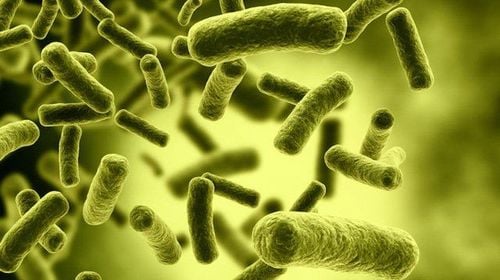
Hình ảnh vi khuẩn gram dương C. botulinum
2. Pathophysiology
Eight separate C. botulinum toxins have been described: A through H. Of these eight, types A, B, E, and rarely F, G, and H, cause disease in humans, while C and D cause disease in animals such as cattle, ducks and chickens. C. botulinum toxin H was first reported in 2014 and is the first new type of botulinum toxin to be recognized in more than four decades. Clostridium butyricum and Clostridium barati are two other distinct species of Clostridia known to produce botulinum toxin types E and F. In contrast to spores, the toxin is a heat labile polypeptide that is easily denatured when heated above 80 °C. Polypeptide toxins consist of a light and heavy chain with a combined molecular weight of 150 to 165 kDa.
Botulinum toxin is released as a single precursor polypeptide chain, which is then cleaved by bacterial proteases into a fully active neurotoxin consisting of a 50 kDa light chain and 100 kDa heavy chain. To date, the mechanism of action of botulinum neurotoxin is not fully understood.
Botulinum toxin can affect both excitatory and inhibitory synapses but is more active in excitatory neurons. It has been shown to inhibit the release of many compounds, including dopamine, serotonin, somatostatin, noradrenaline, and gamma aminobutyric acid. Due to its large size, it is difficult for neurotoxins to cross the blood-brain barrier. However, there is ample evidence that it may reach the central nervous system via systemic spread or retrograde or axial transport.
Botulinum toxin is the most potent bacterial toxin and probably the most potent known. The minimum lethal dose (MLD) of botulinum toxin is 0.0003 mcg/kg. For comparison, the MLDs for curare and sodium cyanide are 500 and 10,000 mcg/kg, respectively. It is estimated that one gram of aerosol poisoning can kill at least 1.5 million people. The poison itself has no smell or taste. If ingested, the poison is mainly absorbed by the stomach and small intestine, although the large intestine is also capable of absorbing the poison. This poison is resistant to decomposition by the acidity of the stomach and human enzymes. However, botulinum toxin was inactivated in chlorinated water after only 20 minutes of exposure and in fresh water after three to six days.
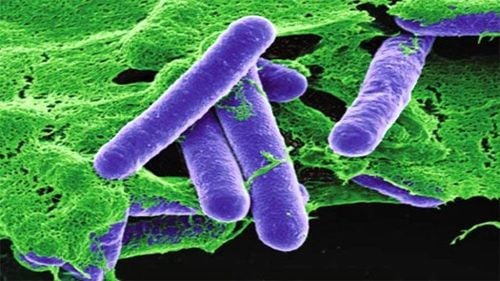
Độc tố botulinum có thể ảnh hưởng đến cả các khớp thần kinh
3. Epidemiology
Types of poisoning and their origin manifest in several forms, distinguished by the mode of reception.
Infant botulism occurs when C. botulinum spores are ingested, enter the digestive tract, and release toxins produced in the body. In the United States, most cases are attributed to ingestion of environmental dust and soil containing C. botulinum spores. Rates of reported cases are highest in Utah, Pennsylvania, and California, states with high soil botulinum spores.
Classic infant botulism is associated with ingestion of raw honey. However, this is most likely a small environmental reservoir, as public education has little effect on infant botulism rates in the United States.
Please dial HOTLINE for more information or register for an appointment HERE. Download MyVinmec app to make appointments faster and to manage your bookings easily.
References
P Samuel Pegram, MD, FACP; Sean M Stone, MD. Botulism; 2020 UpToDate, Inc. and/or its affiliates. All Rights Reserved Guidelines for the diagnosis and treatment of musculoskeletal diseases (Issued together with Decision No. 361/QD-BYT of January 25, 2014 by the Minister of Health) Zingnews.Electronic Magazine.Online Knowledge.Governing agency:Vietnam Publication Association. Press license: No. 75/GP-BTTTT




